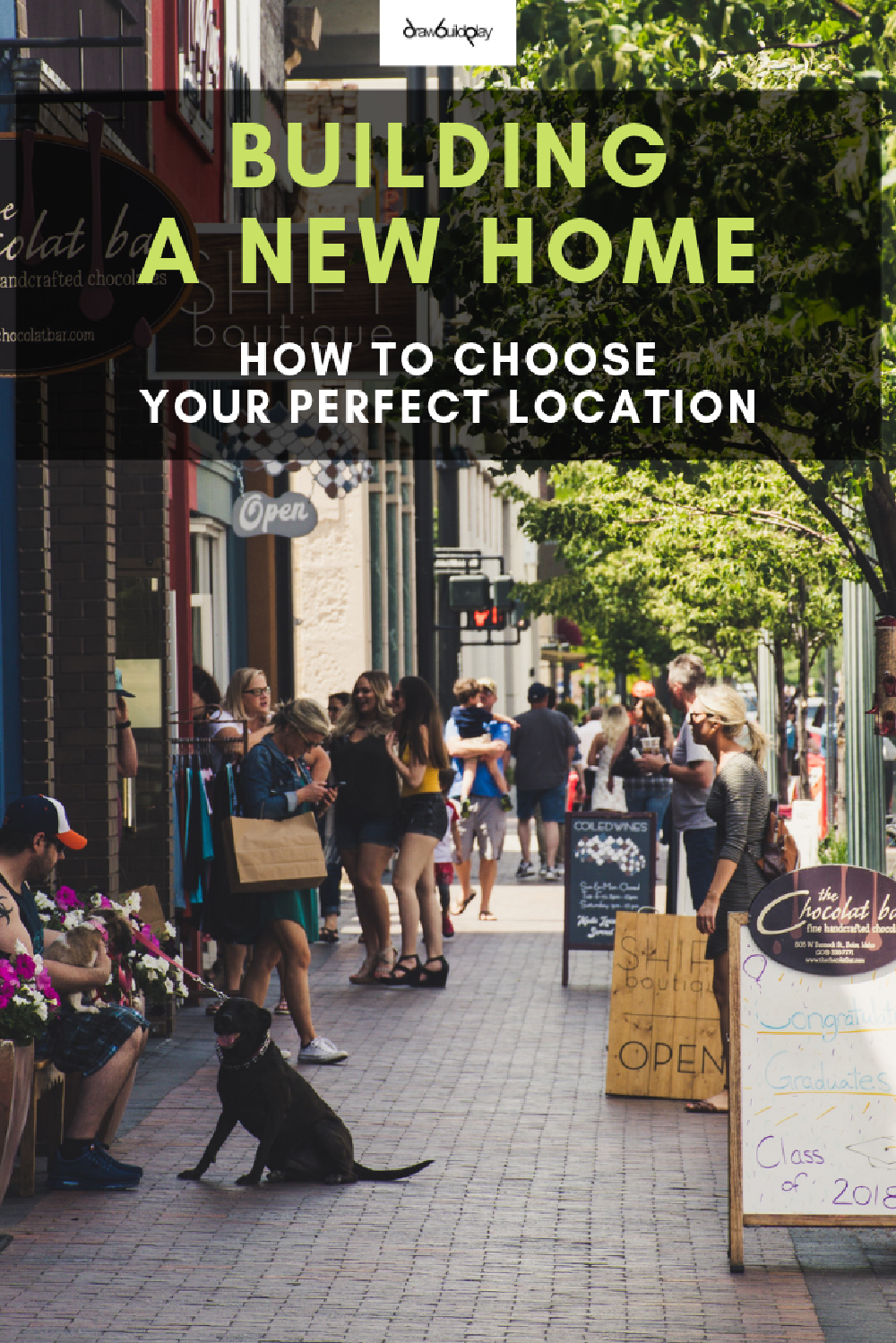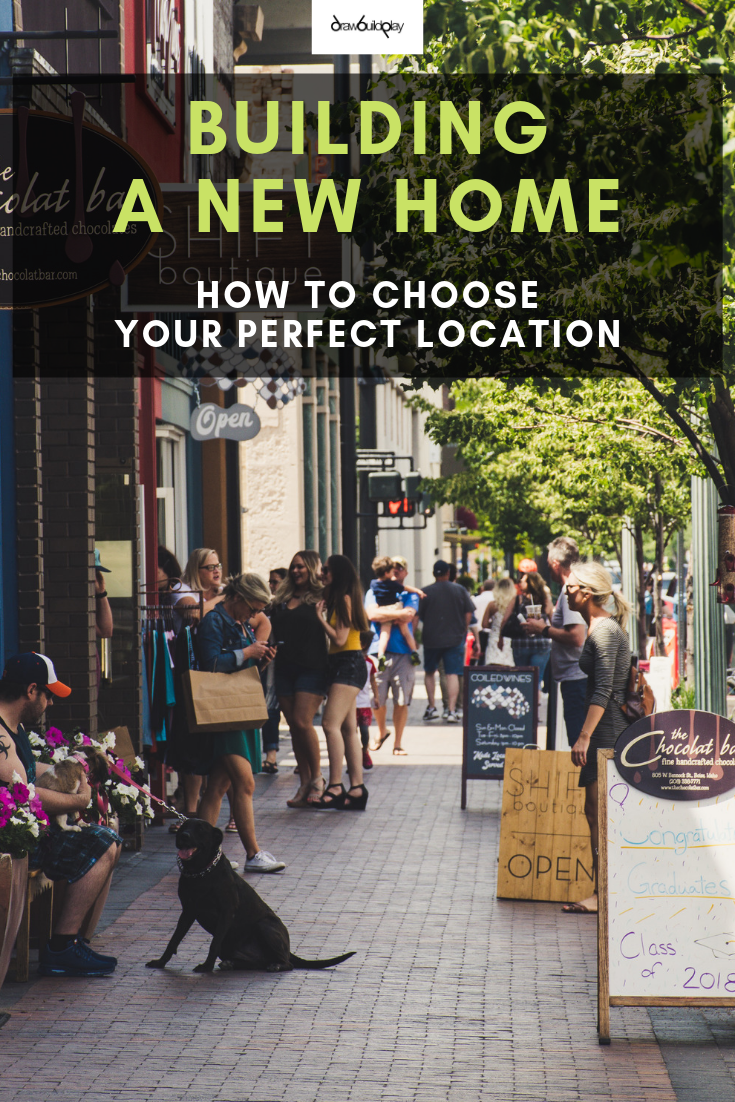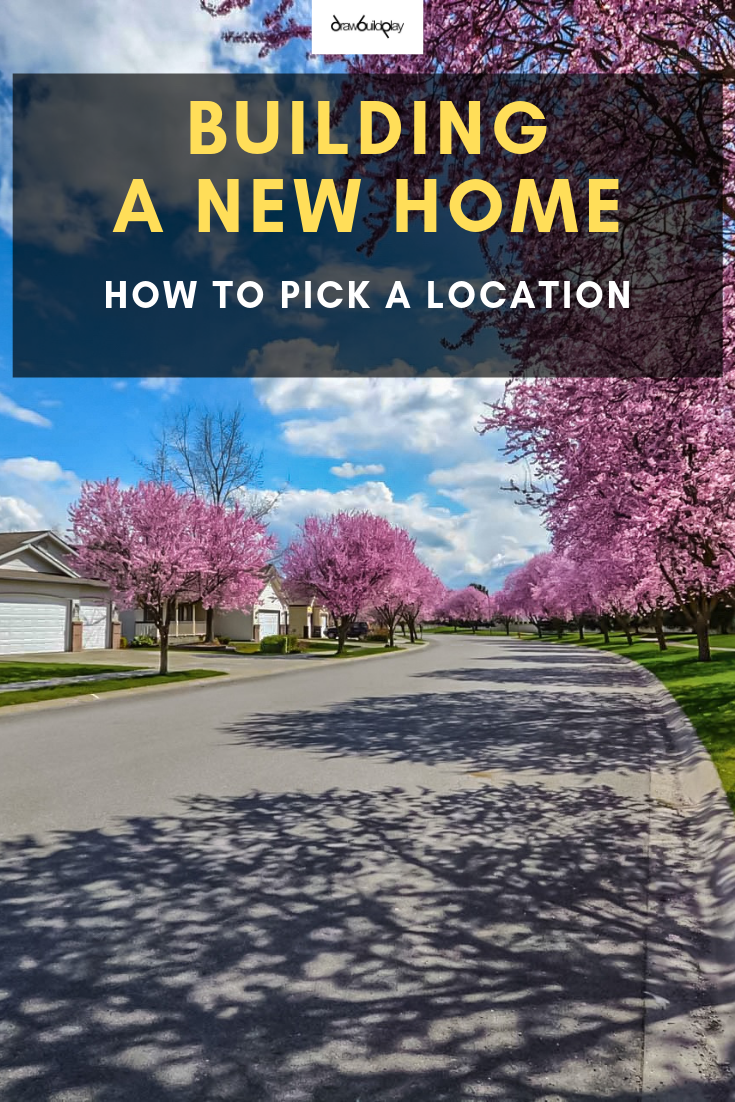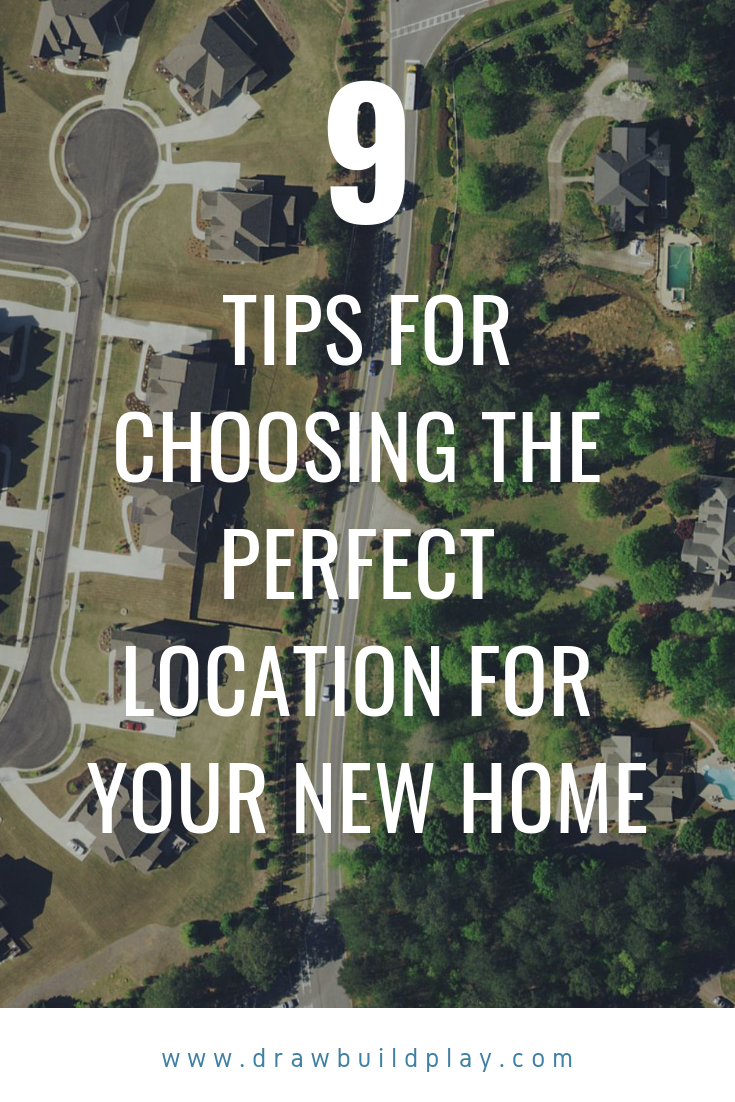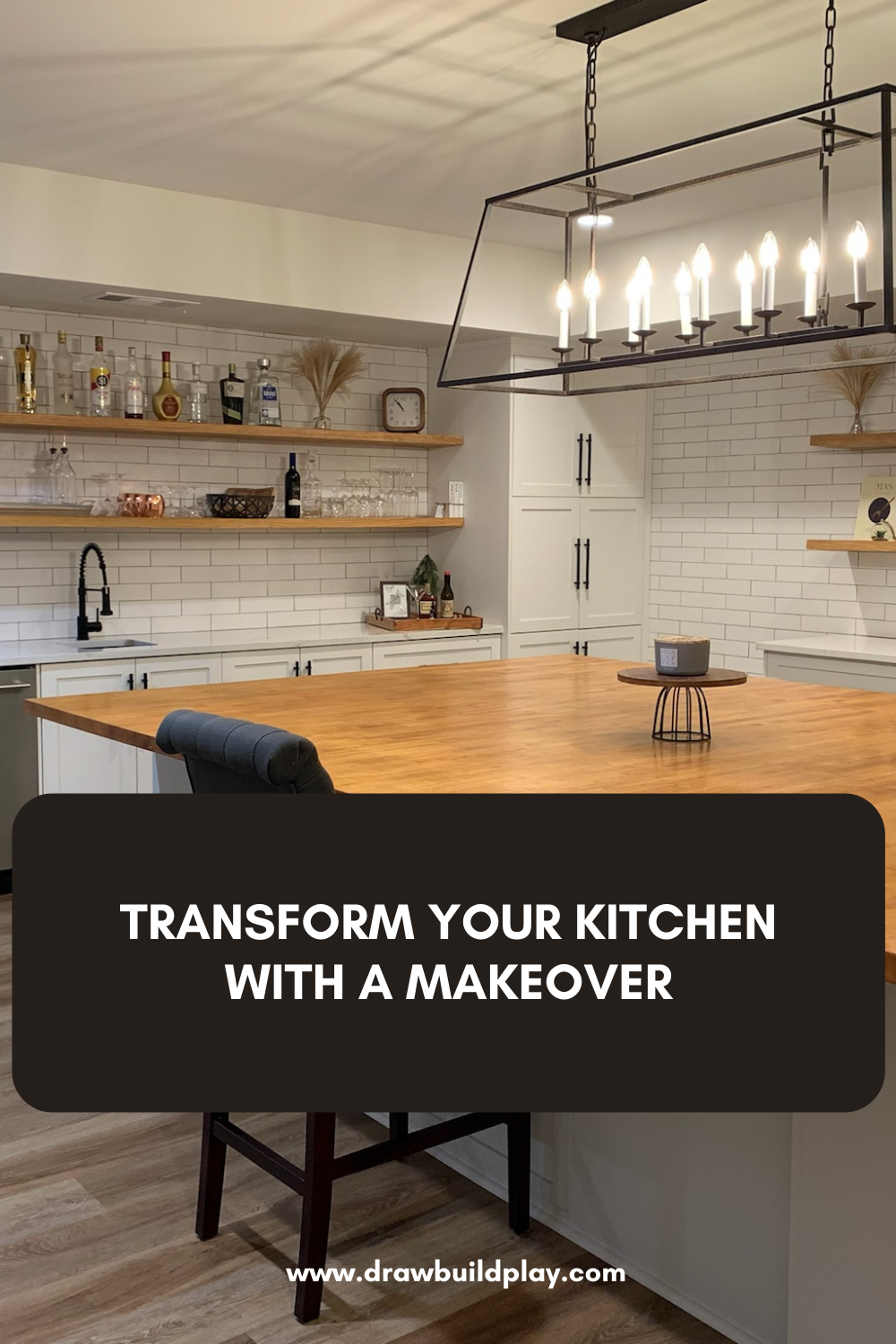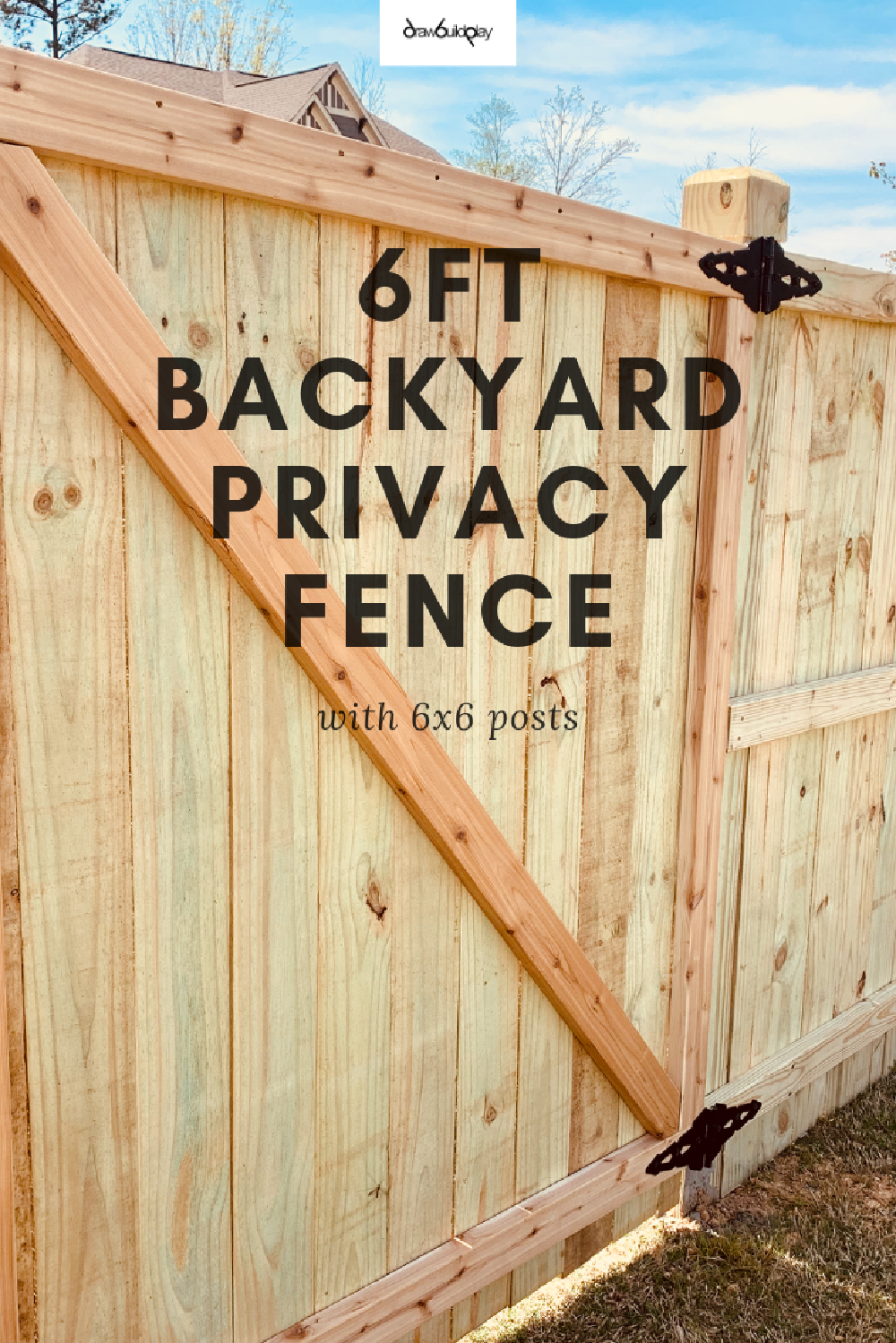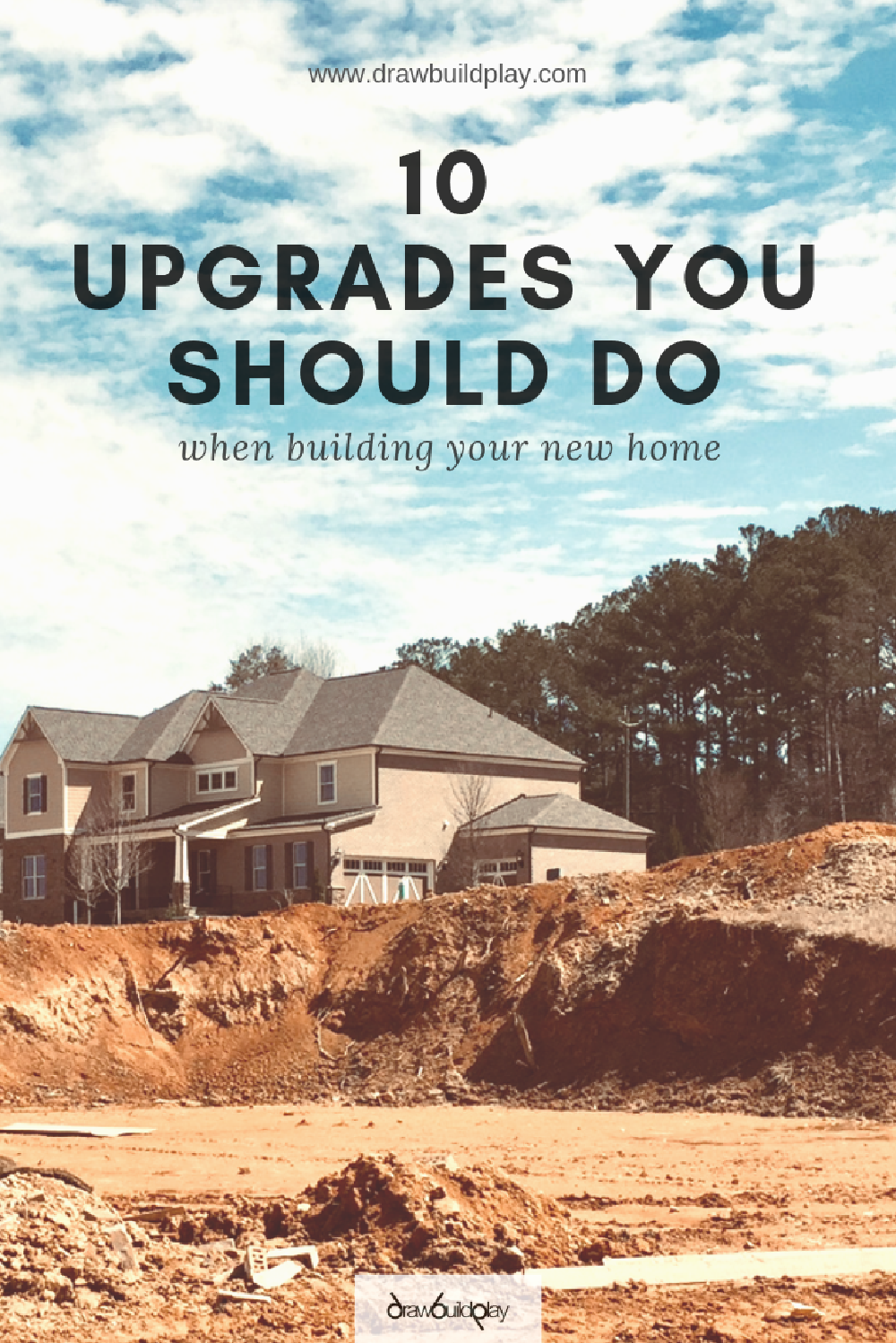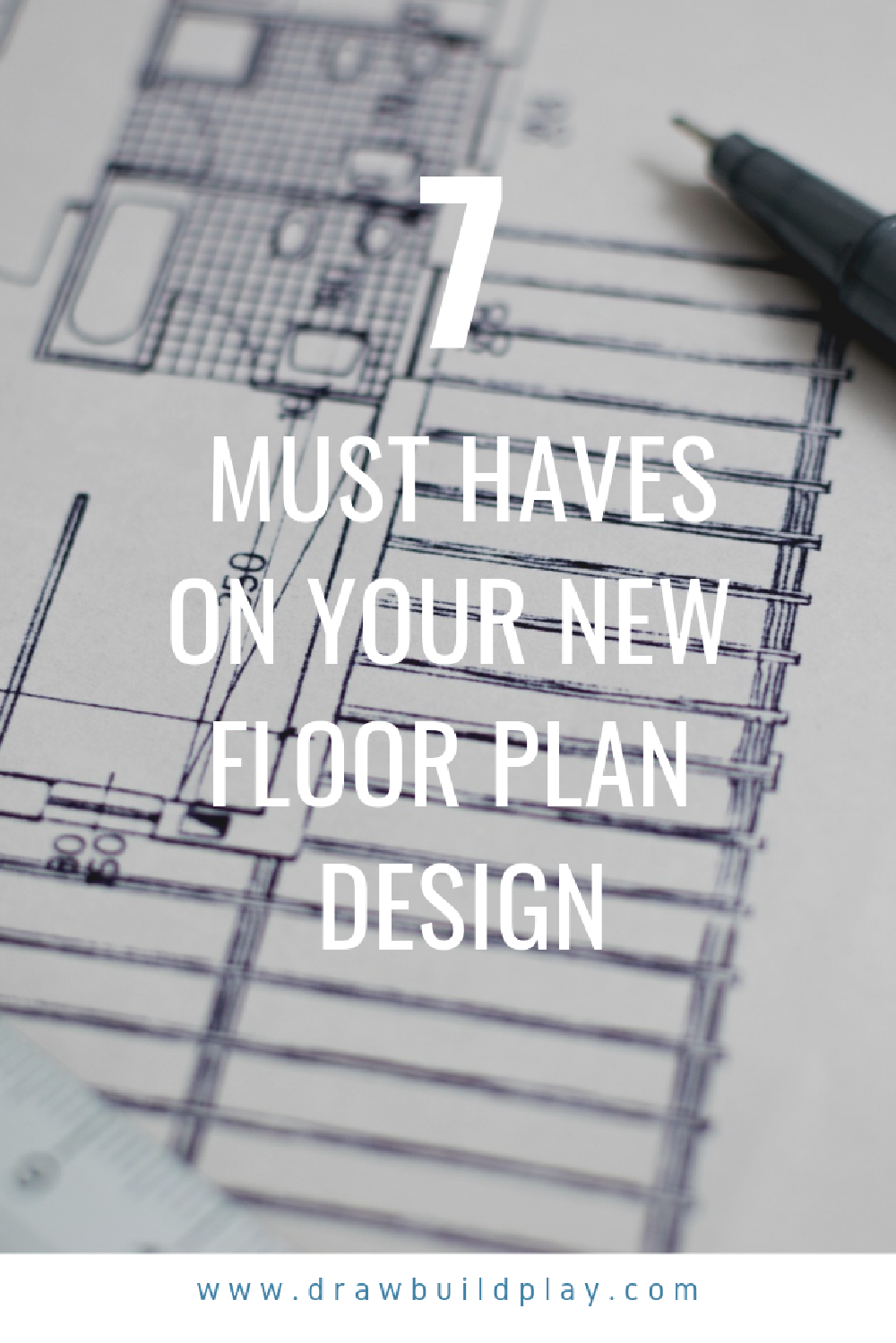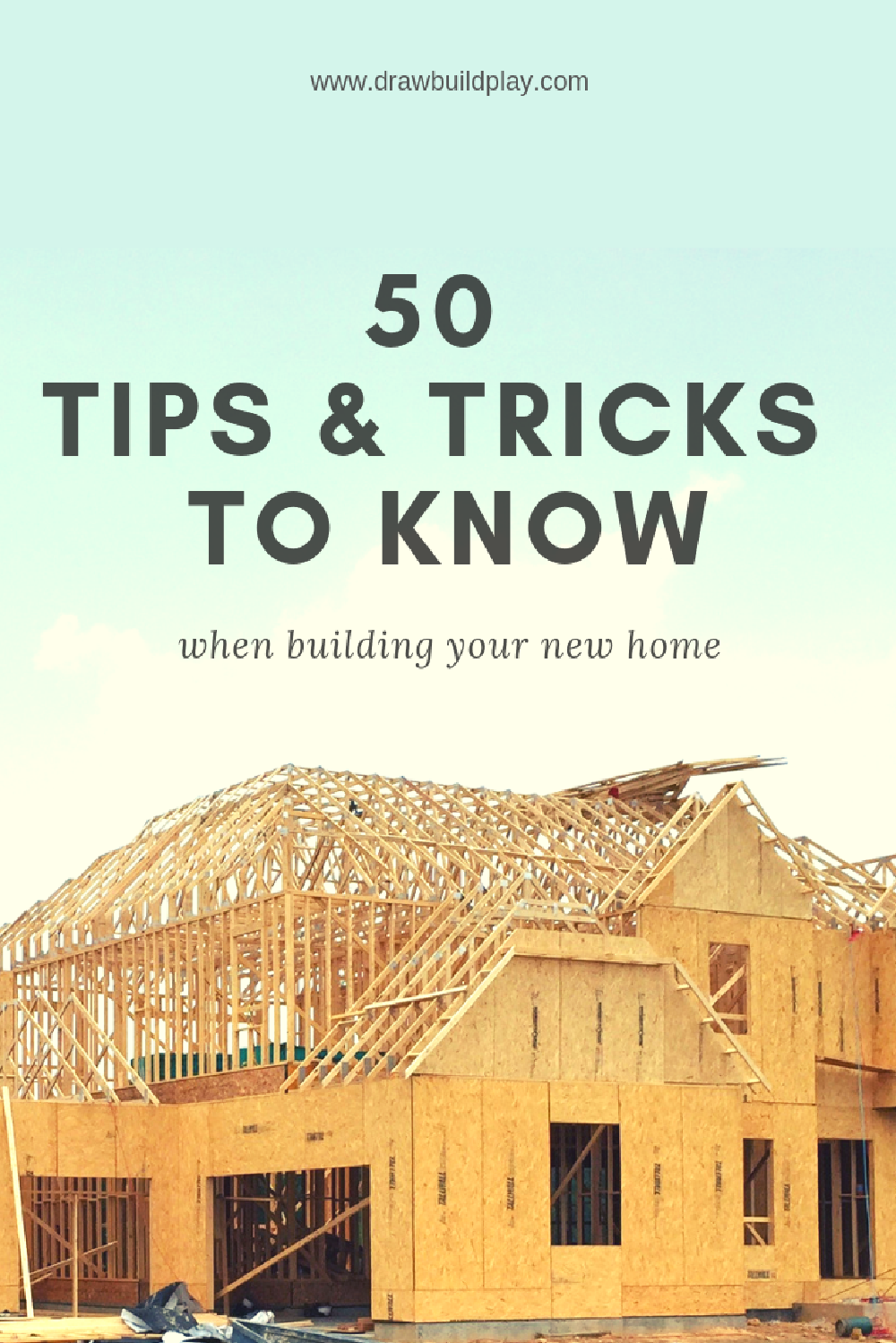Home Building Checklist - Choosing a Location
DrawBuildPlay When building a new home, or buying a home, it is important to find your future dream home in the perfect location for you. Our free check list for your future home design - location will guide you through what you must consider when coming up with your building a home ideas. Are you close to things you need? What is important to you. These questions will be answered in our free home buying checklist. Continue reading to learn more.Choosing a great location for your new home is the first step in your home building checklist. Continue reading to learn more about each of these items to help choose a location that meets your needs and land you in your dream home.
School Districts
Back in 2010, my husband and I were newly married and we built our first home, looking at school districts was about the last thing on our minds. We weren’t planning on kids any time soon, and we prioritized other things about the house. Really, we didn’t even think to look at what the school ratings were in the area that we built our home. What we learned pretty quickly though, is that the quality of the neighborhood is impacted by the schools in that area. I.e better schools tend to have more professionals in that area, and tend to be safer, slightly more affluent, etc. This will directly impact your home value and your ability to sell in the future. So make sure you are buying in a district with good schools, even if you dont have kids yet. Five years later, we built our second new home. By this time we had kids, and we wanted to move to an area with good schools. We see a huge difference in the neighborhoods and home values.
The county where you home will be situated will have publicly published rankings of the schools in your district. You should be able to find it with a quick google search (eg “[county] school rankings”) The builders will often also advertise this information if the schools are rated great.
Easy Freeway Access
You may not think being close to a freeway is important, but trust me it is. All those times you need to travel across town will make you want to get to that freeway as soon as possible. Our first home was about 20-30 minutes from a major interstate, and that accounted for more than half of our journey time whenever we drove into downtown Atlanta. With our new home, we are now only 5-10 minutes away from I-85, which makes travelling that much easier. Also, take a look at what freeways you want to use and the ones you should avoid. Here in Atlanta, going down GA-400 during rush hour is a nightmare. So I wanted to make sure thats not a freeway we would be dependent on.
Nearby Shops and Attractions
Once you’ve narrowed down the land where you want to live, have a look at whats around you. How close is the nearest supermarket where you will buy your groceries? Is it close enough for a 11pm run to get some milk? What about restaurants in the area. Are there good places to eat or get take out? You’ll want to be close to civilization so you can enjoy the town you live in. We moved to Suwanee, where there are always fun events going on in our Town Center. It makes our home fun to live in as there is always exciting things to do nearby, whether its dining at restaurants, or meeting our neighbors at the many fun town events. Also search how far the nearest malls are.
A good way to find where everything is is to type in the address in Google Maps, and see whats nearby and how far it is. You can also check out what the traffic is like in the roads leading to your new home to ensure you aren’t going to be stuck in gridlock every day coming home from work.
This Land Is My Land
Look at the plot of land the builder will build on. Is it flat or graded? How graded? Once your home is built, will you have a back yard? Will that back yard be usable?
In my first home, we had a large backyard, but the back of it had this steep grade to it which meant only a very small portion was flat and usable. It also meant more yard work and labor mowing the sloped lawn areas. It was not ideal. Our current home on the other hand has a completely flat back yard. This opens up many possibilities, from giving the kids a safe and fun place to play, to allowing some really cool back yard living ideas to be designed.
Also look at where the driveway will be. Will you house be significantly higher than the road? Does that make your driveway steep, or will it be flat?
Basement Lots
Do you need or want a basement? If so, make sure the plot of land you choose is graded for a basement. You may not need one right now, but do you see yourself completing the basement in the next 5 - 10 years?
Will the basement sit below ground level (more specifically the sewer)? If so, the builder may require you to install a sewage pump in the basement to pump all that crap back up to street level. From what I have seen, those pumps can be noisy and are expensive to maintain. Choosing a basement lot that doesnt require a pump would be ideal.
Amenities
If you build in a community neighborhood, check what amenities are available. We opted to live in a community with a swimming pool. Having your own is cool and all, but its another expense to maintain the pool. But note, the more amenities there are, it likely means your HOA (Home Owners Association) fees are also likely to be higher to support maintaining those amenities.
Some of the more popular amenities people look for are:
- Community Pool
- Tennis/Basketball Courts
- Club House
- Fitness Facilities
Work Location
I always advise my friends to not buy a house based on where you currently work. At some point you will change jobs, so your new home may not end up being close to your work any more when that happens (and you probably wont want to move again). What I do suggest is to buy a home in an area where there are many jobs in your industry within a relatively easy commute so that if you do change jobs, you will have other options nearby.
Cell Reception
Most people dont think about this, but have a look at how strong the cell reception is where your home will be built. Walk on the plot of land and look at the bars visible. Go inside the model home and see how strong the signal is inside the home. And lastly, visit your cell providers web page and pull up their coverage map to see how strong the coverage is where your home will sit.
If you find you dont have a strong cell reception, fear not. Most cell providers and modern phones these days support wifi calling, meaning having a strong LTE signal is not as critical as it once was.
Its always sunny in Philadeplhia
You want to make sure your home will bask in the sun. Check out where your house will be facing in the morning when the sun comes up, and what side of the house the sun will shine on in the evening as it sets. Generally you want the front of the house to get morning sun (facing East), while in the evening you want the sun in the back while you are on the deck or enjoying your back yard. There is also some feng shui (chinese) and vastu shashtra (hindu) techniques described for how your house should face if it appeals to you.
If your house will always be shaded, then you may find it cooler all year round. If it snows in your area you may find it takes longer to evaporate away, and rain takes longer to dry up. Conversely, too much sun may also mean high heat in the summer months when you are trying to grill in the backyard. This is a problem I face in the Southern Heat with the back of my house facing west.
